CARLO GAVAZZI Guardian 2 Product information sheet
Other CARLO GAVAZZI Security Sensor manuals
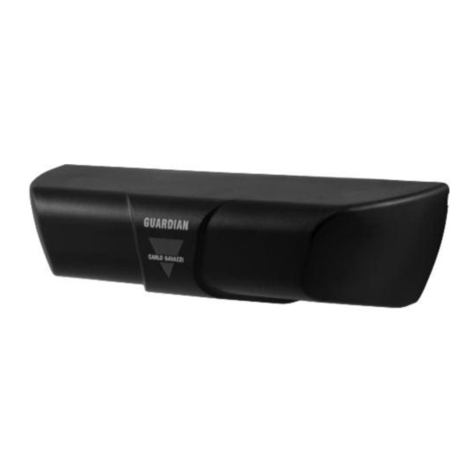
CARLO GAVAZZI
CARLO GAVAZZI Guardian 2 Product information sheet
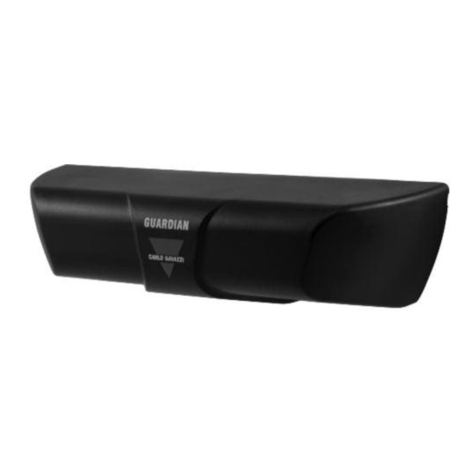
CARLO GAVAZZI
CARLO GAVAZZI Guardian 1 Product information sheet
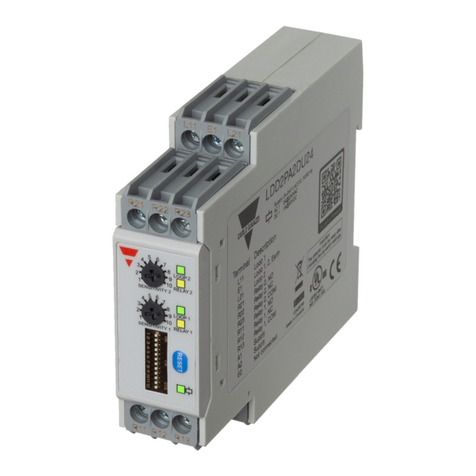
CARLO GAVAZZI
CARLO GAVAZZI LDD1 User manual

CARLO GAVAZZI
CARLO GAVAZZI CAR PARK 3 OUTDOOR Owner's manual
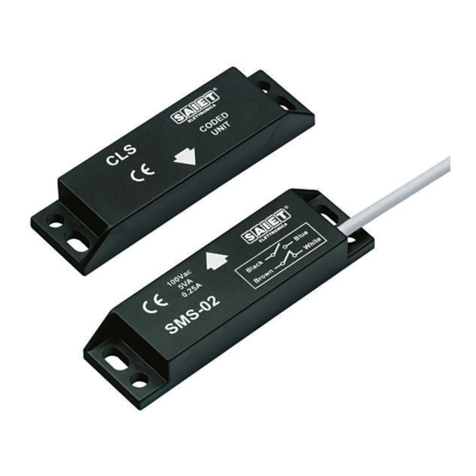
CARLO GAVAZZI
CARLO GAVAZZI SMS User manual
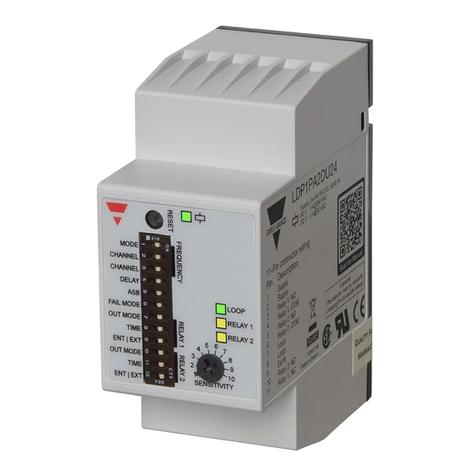
CARLO GAVAZZI
CARLO GAVAZZI LDP1 User manual
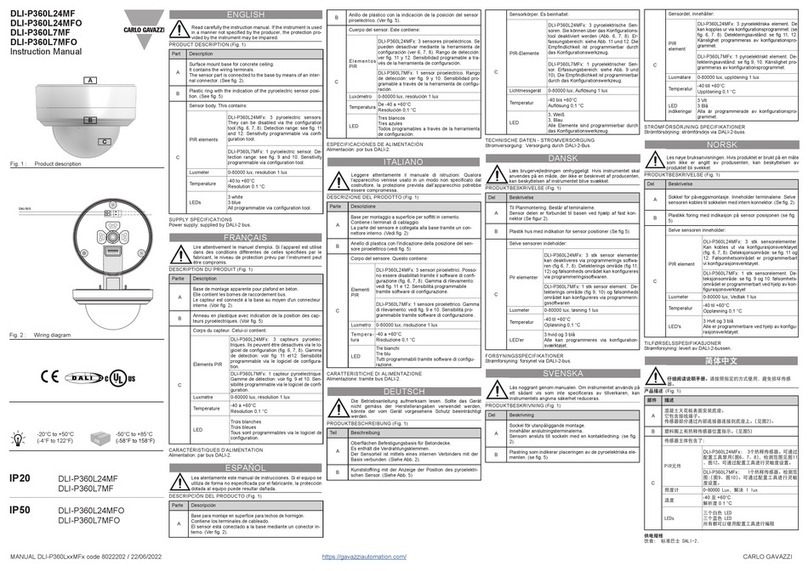
CARLO GAVAZZI
CARLO GAVAZZI DLI-P360L24MF User manual
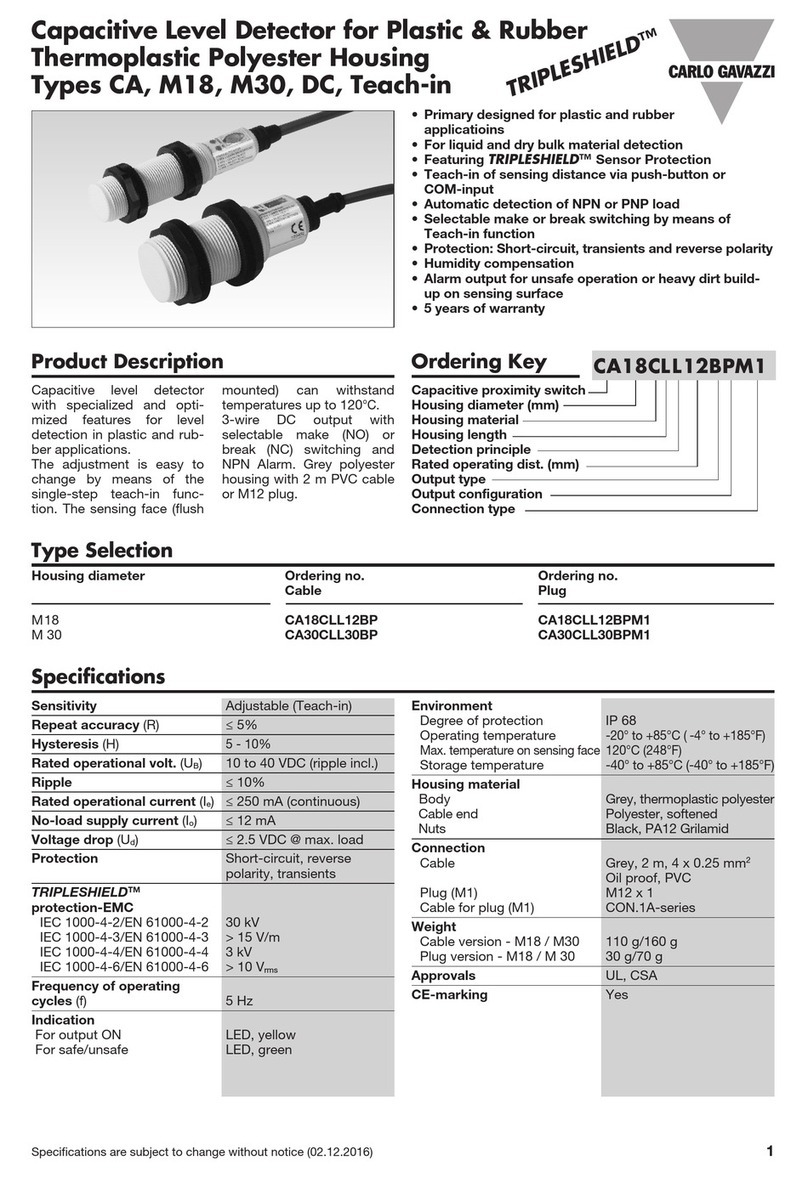
CARLO GAVAZZI
CARLO GAVAZZI TRIPLESHIELD CA User manual

CARLO GAVAZZI
CARLO GAVAZZI RAD Series User manual
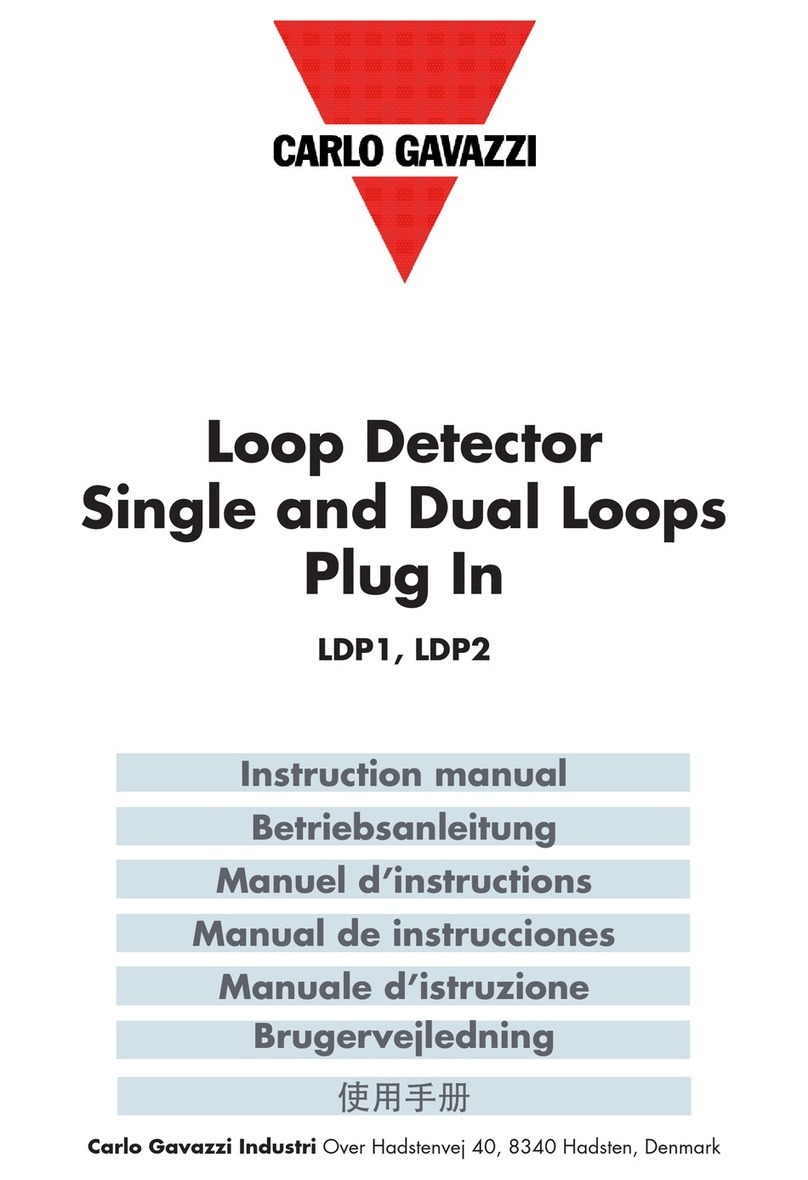
CARLO GAVAZZI
CARLO GAVAZZI LDP1 User manual
Popular Security Sensor manuals by other brands

Shinko
Shinko SE2EA-1-0-0 instruction manual

Det-Tronics
Det-Tronics X Series instructions

ACR Electronics
ACR Electronics COBHAM RCL-300A Product support manual

TOOLCRAFT
TOOLCRAFT 1712612 operating instructions

Elkron
Elkron IM600 Installation, programming and functions manual

Bosch
Bosch WEU PDO 6 Original instructions





















